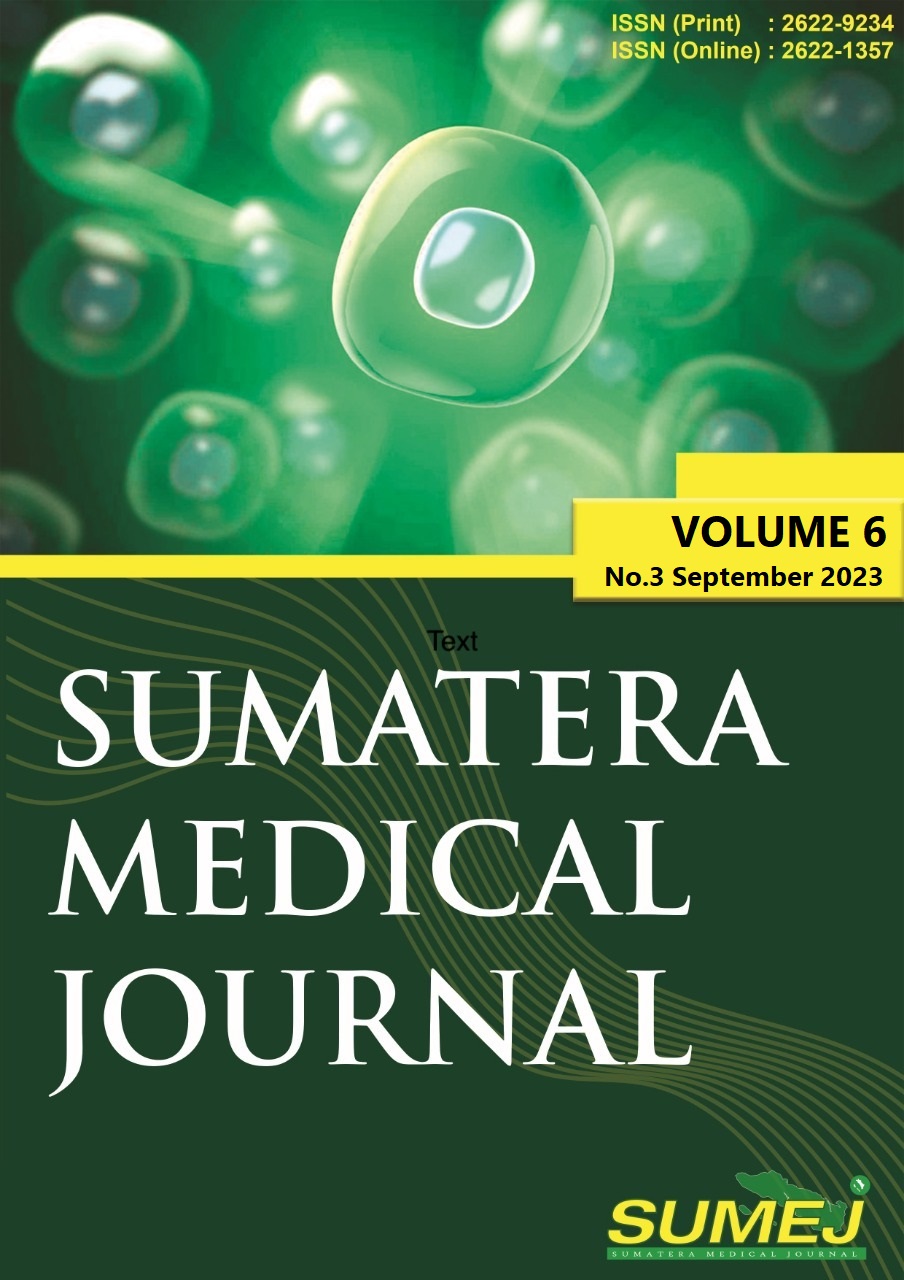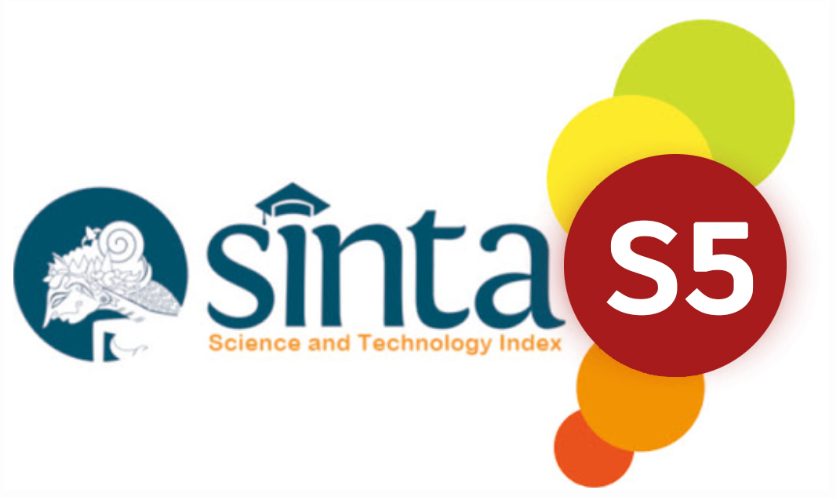Production and Quality Evaluation of Herbal Tea Mixtures from Phyllanthus debilis, Osbeckia octandra, and Artocarpus heterophyllus Leaves
DOI:
https://doi.org/10.32734/sumej.v6i3.11897Keywords:
herbal tea, quality parameters, sensory attributesAbstract
Background: This study explored the acceptability and quality of herbal tea blends formulated using powdered leaves of Phyllanthus debilis, Osbeckia octandra, and Artrocarpus heterophyllus. Herbal teas are widely consumed for their health benefits, and optimizing their composition is essential for consumer satisfaction and market viability. Objectives: The aim was to evaluate sensory attributes, nutrient content, tea quality parameters, and safety aspects of different herbal tea formulations. Methods: Tea samples were prepared in various proportions and evaluated by thirty untrained panelists for sensory preferences. Proximate composition, quality indicators, and microbial counts were assessed using AOAC and ISO standard methods. Mineral content was determined via atomic absorption spectrophotometry. Results: Dark-colored tea samples were preferred, with a strong positive correlation between redness and color preference. However, bitterness and astringency negatively affected overall acceptability. The A. heterophyllus tea had the highest overall acceptability, while teas containing P. debilis had the highest color preference. Nutrient analysis showed rich content, though crude fiber and moisture exceeded ideal limits. All microbial counts and heavy metal levels were within safety standards. Conclusion: Combining these herbal leaves can improve both acceptability and quality of herbal infusions. With further refinement, these blends hold strong commercial potential.
Downloads
References
Petrovska BB. Historical review of medicinal plants’ usage. Pharmacogn Rev. 2012;6(11):1–5. Available from: https://doi.org/10.4103/0973-7847.95849.
Hassali MAA, Shafie AA, See OG, Wong ZY. Chapter 2 - Pharmacy Practice in Malaysia. In: Babar ZU, editor. Pharmacy Practice in Developing Countries. Elsevier; 2016. p. 23–40. Available from: https://doi.org/10.1016/B978-0-12-801714-2.00002-2.
Ramalingum N, Mahomoodally MF. The therapeutic potential of medicinal foods. Adv Pharmacol Pharm Sci. 2014;2014:354264. Available from: https://doi.org/10.1155/2014/354264.
Martirosyan DM, Singh J. A new definition of functional food by FFC: what makes a new definition unique? Funct Foods Health Dis. 2015;5(6):209–23.
Liu Y, Wang Y, Zhang X, Zhang Y, Wang Z, Li Y, et al. Review on herbal tea as a functional food: classification, active compounds, biological activity, and industrial status. J Future Foods. 2023;3(3):206–19. Available from: https://doi.org/10.1016/j.jfutfo.2023.02.002.
Data Bridge Market Research. Global Herbal Tea Market. 2022. Available from: https://www.databridgemarketresearch.com/reports/global-herbal-tea-market. Accessed on April 14, 2023.
Dias PGI, Jayasinghe-Mudalige UK, Weerahewa J, Herath HMLK, Gunawardena P, Perera L. Consumers’ knowledge, attitudes, and behavior regarding functional food products: a survey from selected areas of Sri Lanka. J Agric Sci Sri Lanka. 2023;18(1).
Trigo C, Castello ML, Ortola MD. Potentiality of Moringa oleifera as a nutritive ingredient in different food matrices. Plant Foods Hum Nutr. 2023;78(1):25–37. Available from: https://doi.org/10.1007/s11130-022-01023-9.
Aderinola TA. Nutritional, antioxidant and quality acceptability of smoothies supplemented with Moringa oleifera leaves. Beverages. 2018;4(4):104. Available from: https://doi.org/10.3390/beverages4040104.
Perera D, Soysa P, Wijeratne S. Polyphenols contribute to the antioxidant and antiproliferative activity of Phyllanthus debilis plant in-vitro. BMC Complement Altern Med. 2016;16(1):1–9. Available from: https://doi.org/10.1186/s12906-016-1324-5.
Thabrew MI, Gove CD, Hughes RD, McFarlane IG, Williams R. Protective effects of Osbeckia octandra against galactosamine and tert-butyl hydroperoxide induced hepatocyte damage. J Ethnopharmacol. 1995;49(2):69–76. Available from: https://doi.org/10.1016/0378-8741(95)90033-0.
Wasana KGP, Attanayake AP, Jayatilaka KAPW, Weerarathna TP. Antidiabetic activity of widely used medicinal plants in the Sri Lankan traditional healthcare system: new insight to medicinal flora in Sri Lanka. Evid Based Complement Alternat Med. 2021;2021:6644004. Available from: https://doi.org/10.1155/2021/6644004.
Sathasivampillai SV, Rajamanoharan PR, Heinrich M. Siddha medicine in Eastern Sri Lanka today: continuity and change in the treatment of diabetes. Front Pharmacol. 2018;9:1022. Available from: https://doi.org/10.3389/fphar.2018.01022.
Ozcan T, Kurtuldu O. Influence of dietary fiber addition on the properties of probiotic yogurt. Int J Chem Eng Appl. 2014;5(5):397–401. Available from: https://doi.org/10.7763/IJCEA.2014.V5.417.
Cunniff P. Official methods of analysis of AOAC International. 16th ed. Gaithersburg: AOAC International; 1996.
Horwitz W, editor. Official methods of analysis of AOAC International. 17th ed. Gaithersburg: AOAC International; 2000.
Smiechowska M, Dmowski P. Crude fibre as a parameter in the quality evaluation of tea. Food Chem. 2006;94(3):366–8. Available from: https://doi.org/10.1016/j.foodchem.2004.11.026.
Matin A, Mahmud F, Akther S, Rahman N, Ahmad FBH. Appraise the physio-chemical quality of black tea available in the local market of Chattogram. Bangladesh J Vet Anim Sci. 2020;8(1).
Perera KHK, Jayasinghe-Mudalige UK, Weerahewa J, Herath HMLK, Gunawardena P, Perera L. Assessing soil quality and soil erosion hazards in the Moneragala District, Sri Lanka. SN Appl Sci. 2020;2(12):1–13.
Abdi S, Hosseini A, Moslehishad M, Dorranian D. Decontamination of red pepper using cold atmospheric pressure plasma as alternative technique. Appl Food Biotechnol. 2019;6(4):247–54. Available from: https://doi.org/10.22037/afb.v6i4.26002.
Rathee R, Rajain P. Role colour plays in influencing consumer behaviour. Int Res J Bus Stud. 2019;12(3):209–22. Available from: https://doi.org/10.21632/irjbs.12.3.209-222.
Drewnowski A, Gomez-Carneros C. Bitter taste, phytonutrients, and the consumer: a review. Am J Clin Nutr. 2000;72(6):1424–35. Available from: https://doi.org/10.1093/ajcn/72.6.1424.
Caballero B, Trugo L, Finglas P, editors. Encyclopedia of food sciences and nutrition. 2nd ed. Amsterdam: Elsevier; 2003.
Dragos D, Petran M, Gradinaru TC, Gilca M. Phytochemicals and inflammation: is bitter better Plants. 2022;11(21):2991. Available from: https://doi.org/10.3390/plants11212991.
Rehman SU, Almas K, Shahzadi N, Bhatti N, Saleem A. Effect of time and temperature on infusion of tannins from commercial brands of tea. Int J Agric Biol. 2002;4(2):285–7.
Kenya Black Tea Standards. 2016. Available from: http://www.puntofocal.gov.ar/notific_otros_miembros/ken509_t.pdf. Accessed on January 23, 2023.
Banerjee S, Chatterjee J. Efficient extraction strategies of tea (Camellia sinensis) biomolecules. J Food Sci Technol. 2015;52:3158–68. Available from: https://doi.org/10.1007/s13197-014-1487-3.
de Oliveira LM, dos Santos AMP, dos Santos DC, Rocha GBS, Mazzarella N, Bezerra FF, et al. Metal concentrations in traditional and herbal teas and their potential risks to human health. Sci Total Environ. 2018;633:649–57. Available from: https://doi.org/10.1016/j.scitotenv.2018.03.215.
Zamir R, Hosen A, Ullah MO, Nahar N. Microbial and heavy metal contaminant of antidiabetic herbal preparations formulated in Bangladesh. Evid Based Complement Alternat Med. 2015;2015:243593. Available from: https://doi.org/10.1155/2015/243593.
Abualhasan MN, Hawash M, Khayat R, Khatatbeh E, Ehmidan M, Al-Atrash M. Evaluation of heavy metal and microbial contamination in green tea and herbal tea used for weight loss in the Palestinian market. Evid Based Complement Alternat Med. 2020;2020:7631562. Available from: https://doi.org/10.1155/2020/7631562.
Adounkpe FM, Allabi AC, Baba-Moussa F, Gbegbe M, Keke M, Moutairou K. Microbiological quality assessment of aqueous herbal teas sold in Cotonou, Benin. Int J Herb Med. 2017;5(3):121–6.
Wijekoon WMAN, Abeywickrama KP, Kumari KGRR, Ekanayake CK, Weerasinghe IS, Abeysundara AT. Antimicrobial activity of selected plant extracts against Salmonella typhi and Escherichia coli and their phytochemical screening. Presented at the International Conference on Applied and Pure Sciences, University of Kelaniya, Sri Lanka; 2021.
Downloads
Published
How to Cite
Issue
Section
License
Copyright (c) 2023 Sumatera Medical Journal

This work is licensed under a Creative Commons Attribution-NonCommercial-NoDerivatives 4.0 International License.
The Authors submitting a manuscript do so on the understanding that if accepted for publication, copyright of the article shall be assigned to Sumatera Medical Journal (SUMEJ) and Faculty of Medicine as well as TALENTA Publisher Universitas Sumatera Utara as publisher of the journal.
Copyright encompasses exclusive rights to reproduce and deliver the article in all form and media. The reproduction of any part of this journal, its storage in databases and its transmission by any form or media, will be allowed only with a written permission from Sumatera Medical Journal (SUMEJ).
The Copyright Transfer Form can be downloaded here.
The copyright form should be signed originally and sent to the Editorial Office in the form of original mail or scanned document.











